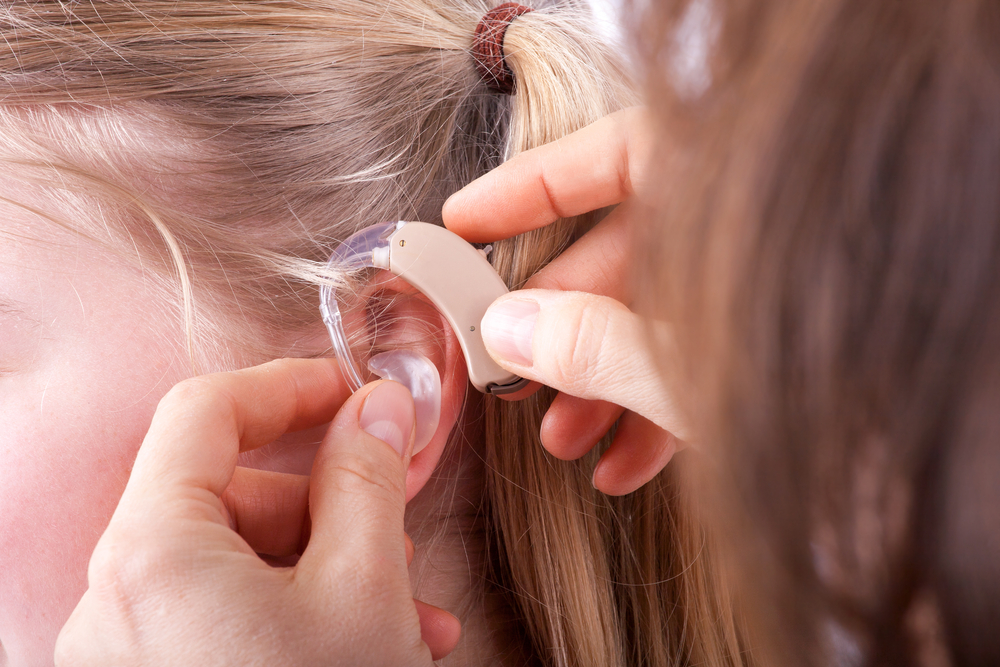Comprehensive Guide to Different Types of Miracle Ear Hearing Aids
Discover the detailed types of Miracle Ear hearing aids available to suit different hearing needs. From discreet in-the-ear models to versatile behind-the-ear devices, learn how personalized hearing solutions can significantly improve auditory clarity and daily communication. This guide explores features, suitability, and tips for choosing the right hearing aid, ensuring a better quality of life for users with hearing impairments.

Comprehensive Guide to Different Types of Miracle Ear Hearing Aids
Experiencing difficulty hearing clearly can be a distressing challenge that impacts daily life, relationships, and overall well-being. Many individuals and their loved ones often find themselves repeating words or phrases, leading to frustration and miscommunication. Thankfully, advancements in hearing aid technology have transformed the way hearing impairments are managed. While these devices do not cure deafness, they significantly enhance auditory clarity, allowing users to reconnect with the sounds around them. Miracle Ear, a renowned provider in the hearing aid industry, offers an extensive selection of hearing devices designed to meet diverse hearing needs and preferences.
Choosing the right hearing aid is a highly personalized process because there is no one-size-fits-all solution. Various factors such as the degree of hearing loss, ear anatomy, lifestyle, and aesthetic preferences influence the selection. Miracle Ear's broad product lineup ensures that individuals can find a device tailored specifically for their unique needs, promoting better communication and improved quality of life.
Hearing aids are classified based on their fit within or around the ear: In-the-ear (ITE), Receiver-in-canal (RIC), and Behind-the-ear (BTE). Each type offers distinct advantages and is suitable for different levels of hearing loss and personal preferences.
In-the-ear Devices (ITE): These hearing aids are custom-molded to fit snugly into your ear canal, making them nearly invisible to others. Their discreet design makes them an excellent choice for those concerned with aesthetics. They are easy to insert and remove, which adds to user convenience. ITE models often come equipped with advanced features such as noise reduction, echo suppression, and directional microphones that enhance speech clarity. Typically suitable for individuals with mild to moderate hearing loss, ITE aids are favored for their comfort and unobtrusive appearance.
Receiver-in-canal Devices (RIC): RIC hearing aids combine compactness with high performance. These devices feature a small receiver and amplifier connected via a thin, unobtrusive wire. The receiver sits deep within the ear canal, providing a natural sound experience. Many RIC models offer rechargeable battery options, reducing the hassle of frequent battery replacements. They are especially effective for moderate to severe hearing loss, offering high levels of amplification while maintaining comfort and discretion.
Behind-the-ear Devices (BTE): BTE hearing aids are versatile and suitable for a wide range of hearing impairments, from mild to profound. These devices sit behind the ear and are connected to a custom earpiece or dome fitted inside the ear canal. BTE models are known for their durability, extensive feature set, and powerful amplification capabilities. They are ideal for users who require significant amplification or have specific ear anatomy considerations. Some BTE models include advanced features like wireless connectivity, noise reduction, and telecoil options for improved sound quality in various environments.
When selecting a miracle ear hearing device, personalized fitting is essential. Proper adjustment of volume levels, programs, and filters ensures optimal performance tailored to your hearing profile. Additionally, consider the available accessories such as remote controls, smartphone applications, and compatibility with other electronic devices. Many modern hearing aids support wireless connectivity to smartphones, TVs, and audio systems, greatly enhancing entertainment, communication, and convenience.
It’s also important to recognize that adapting to a new hearing aid involves a learning curve. Patients should work closely with their audiologists or hearing specialists to optimize settings and develop confidence in using their devices. Early intervention with hearing aids can substantially improve auditory health, social interactions, and overall quality of life.





